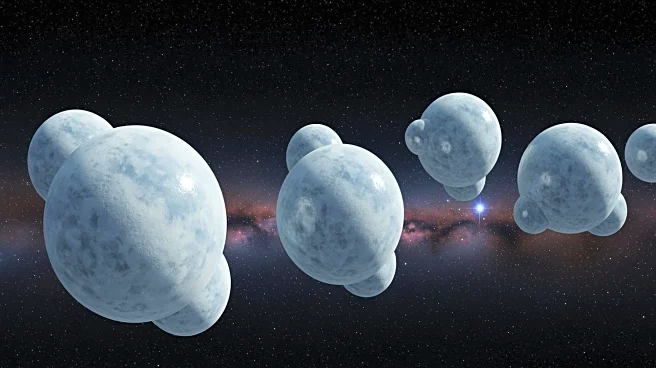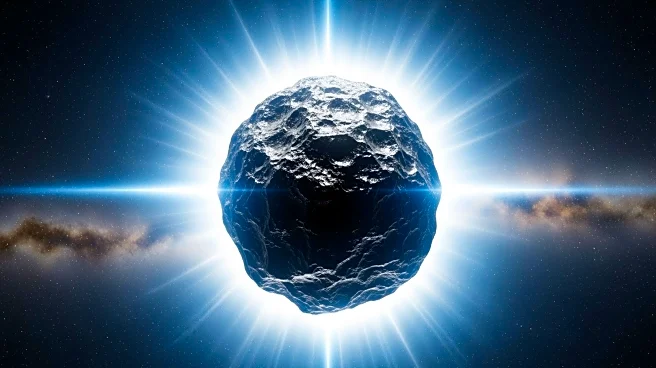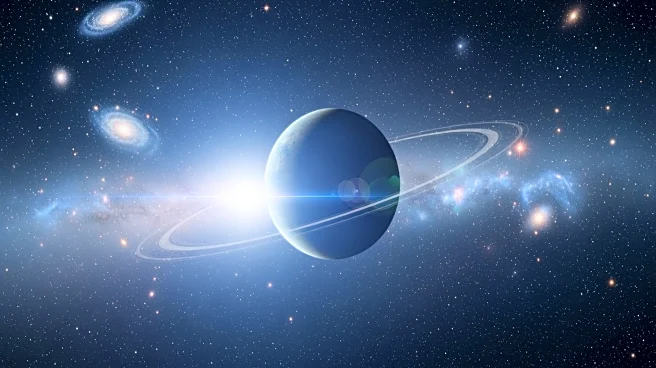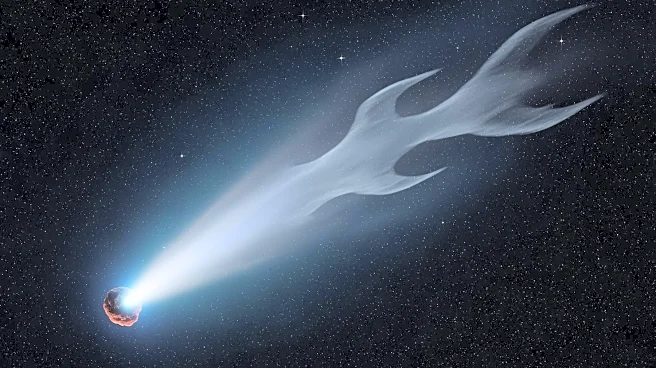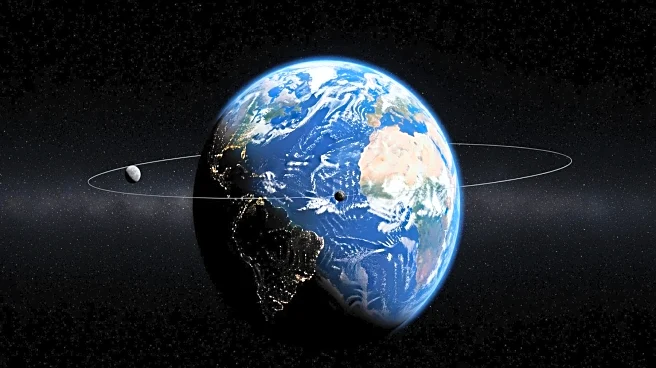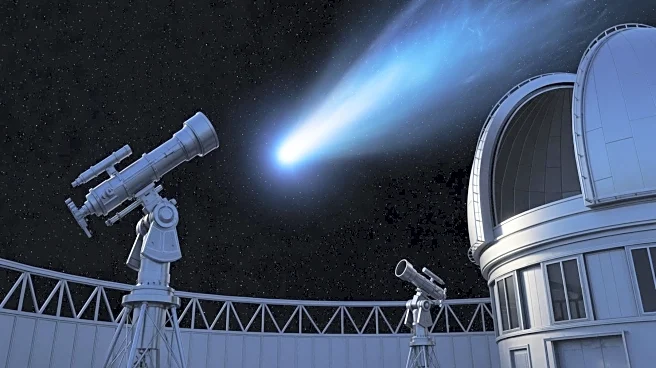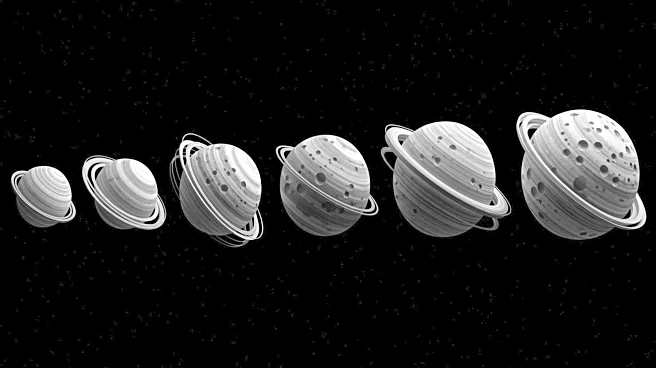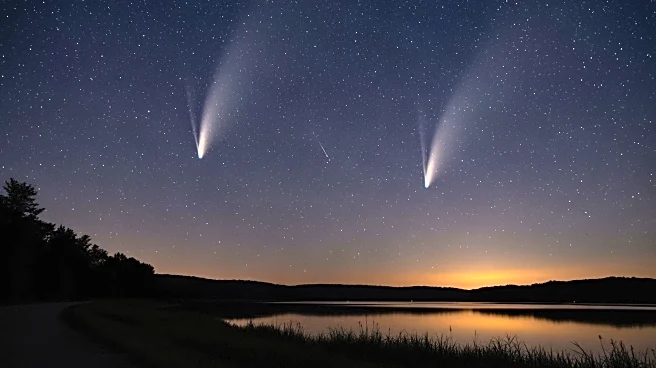What's Happening?
Astronomy Magazine commemorates the birth of Estonian astronomer Ernest Opik, who was instrumental in developing the theory of a cometary reservoir in the solar system. Opik, based at the Astronomical
Observatory in Tartu from 1921 to 1944, proposed the existence of a large cloud of long-period comets orbiting the Sun. His hypothesis was grounded in the observation that comets rapidly burn out upon entering the inner solar system, suggesting an external source for their replenishment. This theory laid the groundwork for the concept of the Oort Cloud, later supported by Jan Oort's mathematical evidence in the 1950s.
Why It's Important?
Opik's contributions to astronomy have had a lasting impact on our understanding of the solar system's structure. The concept of the Oort Cloud is crucial for explaining the origins and behavior of long-period comets, which play a significant role in the study of planetary formation and evolution. By providing a theoretical framework for cometary dynamics, Opik's work has influenced subsequent research in astrophysics and planetary science. Understanding the Oort Cloud also aids in predicting cometary paths and potential impacts on Earth, contributing to planetary defense strategies.
What's Next?
Continued exploration of the Oort Cloud and its properties remains a priority for astronomers. Future missions may aim to gather direct evidence of the cloud's existence and composition, enhancing our knowledge of the solar system's outer regions. Collaborative efforts between international space agencies could facilitate advancements in cometary research, potentially leading to new discoveries about the solar system's formation. As technology progresses, astronomers may develop more sophisticated methods for observing distant celestial objects, further expanding our understanding of the universe.
Beyond the Headlines
The study of comets and their origins raises questions about the broader implications of celestial phenomena on Earth's history and future. Comets have been linked to significant events in Earth's geological and biological history, including mass extinctions and climate changes. Understanding their dynamics could provide insights into the potential risks and benefits of cometary interactions with Earth. Additionally, the cultural and historical significance of comets in human societies underscores the importance of continued research in this area.


